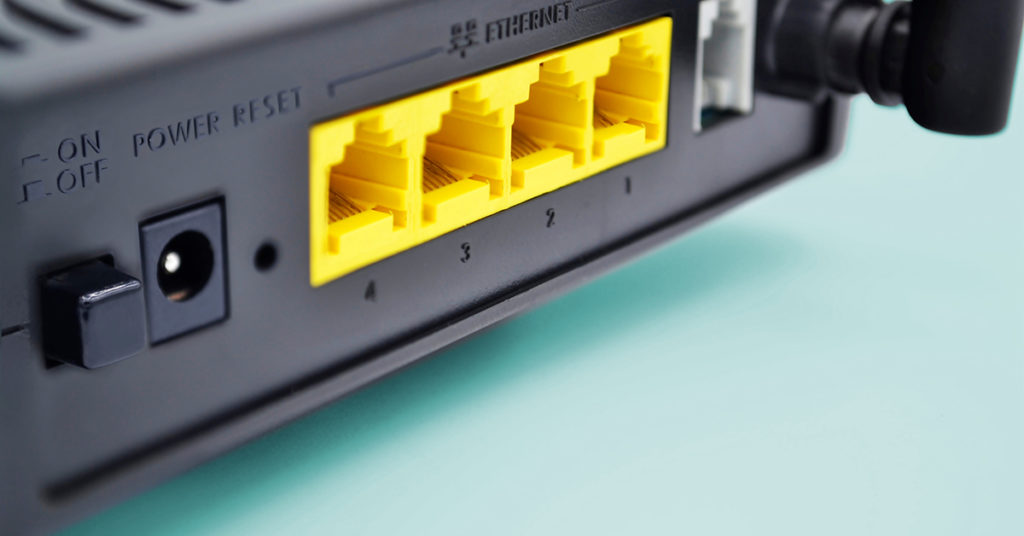
How Does Restarting Equipment Solve a Problem?
People need tech to function properly, even more now that so many are working, streaming, studying, gaming and video conferencing for hours on end. A survey by the Pew Research Center found that 87% of U.S. adults said the internet had been important for them during the pandemic. But sometimes your router or your computer or your devices just stop working.
Good news: Troubleshooting and fixing problems can be as easy as restarting your device regularly. Here are four big questions—and answers—about why and how.
Why is restarting always the first answer to tech problems?
While you’re working, your computer or device uses RAM (Random Access Memory) to get your tasks done. Whenever an issue crops up, restarting devices clears that RAM and your computer starts fresh. For example, if a computer program freezes or is suddenly running very slowly, restarting (also called rebooting) your computer will clear the computer’s RAM, so it can restart the program and function as intended. Don’t worry: Your RAM is not your whole file storage. That remains intact.
In the case of trouble with a network device, like your router, rebooting will cause the device to re-establish the connections necessary for Wi-Fi. If your power ever goes out at your home, you may need to restart your router when power returns so it can re-establish the connections you need in order to, say, watch Netflix or access Apple TV.
Can you just restart, or do you need to shut down for a certain amount of time?
Restarting is the number one place to start when it comes to troubleshooting, as it’s quick and usually solves many issues. For example, if an app stops working on your iPhone you can simply restart the app (or the iPhone itself) to make it start working again.
In some cases, you’ll want to try something called power cycling. This method consists of shutting down the device and unplugging it from its power source. Most devices have a small battery in them to hold information, and unplugging the device after you shut it down will allow the battery to drain, which removes the stored information. The battery drain makes it so your device can start anew, with no stored data.
Power cycling is often used for solving problems with network devices like a modem. If you’ve ever had a modem problem and called your internet service provider for help, they’ll likely walk you through the following steps:
- Shut down all of the computers connected to the modem.
- Power down and unplug the modem and router (if you’re using one).
- Allow it to sit for one or two minutes unplugged.
- Plug it back in and turn it on, allowing the modem and router to completely boot up. You should see the front panel connection lights showing a steady connection.
- Start your computer and allow it to completely boot up.
If you find that the first power cycling session doesn’t work, try it again, but this time leave the computer or device unplugged for five minutes. The power may need to completely drain before it works properly.
Does this work for every device?
Restarting and power cycling won’t work for every device or every problem, but they’re good first steps when it comes to troubleshooting.
Problems rebooting can usually fix:
- Windows running slowly
- Your browser using too much memory
- Internet or Wi-Fi network having connection problems
A restart will wipe the current state of the software, meaning any code that’s acting up will be wiped out, too. Restarting allows your computer or device to bring the system back to a point where everything is working as it should. This also means if you were composing an email, using a word-processing software or editing images or video, your most recent changes could be wiped out as well, taking you back to the point where you last saved. The lesson here? Save early and save often.
What if restarting doesn’t work?
You’ve restarted. You’ve power cycled. You’ve power cycled again, and for longer this time. Still encountering problems? It’s time to call (in) the professionals and get some help from tech support. They’ll likely ask, “Have you tried turning it on and off again?” And this time, you can say, “Yes! What’s next?”


Join the conversation